Diverticulitis flare symptoms. The Definitive Guide to Diverticulitis Flare-Ups: Symptoms, Risks, and Preventive Measures
What are the common symptoms of a diverticulitis flare-up? What factors increase the risk of experiencing a flare-up? How can you prevent and manage recurrent diverticulitis episodes? Find comprehensive answers to these questions and more in this detailed article.
Understanding Diverticulitis: The Basics
Diverticulitis is a condition characterized by the inflammation or infection of diverticula, which are small, pouch-like structures that can form along the lining of the large intestine or colon. These diverticula are quite common, especially as people age, and in most cases, they do not cause any health problems. However, when they become inflamed or infected, it can lead to a painful and often debilitating episode known as a diverticulitis flare-up.
Identifying the Symptoms of a Diverticulitis Flare-Up
The primary symptom of a diverticulitis flare-up is a constant, sharp abdominal pain, typically localized to the lower left side of the abdomen (although some individuals may experience it on the lower right side). Other common symptoms include:
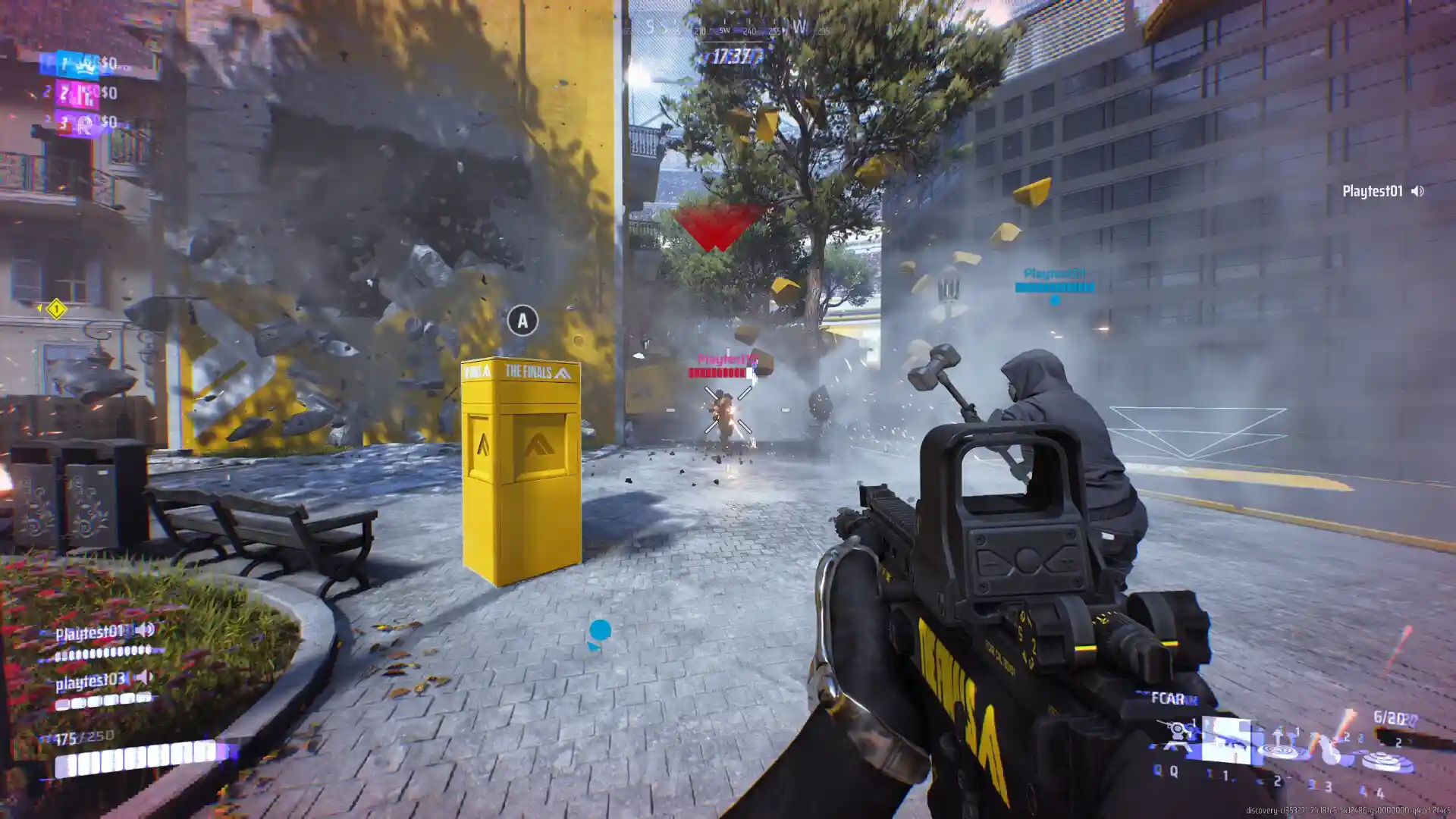
- Nausea and/or vomiting
- Fever and/or chills
- Constipation or diarrhea
- Abdominal tenderness or cramping
- Rectal bleeding
If you are experiencing these symptoms, it is important to consult with your healthcare provider as soon as possible to receive proper diagnosis and treatment.
Risk Factors for Diverticulitis Flare-Ups
Certain factors can increase an individual’s risk of experiencing a diverticulitis flare-up. These include:
- Age: The risk of developing diverticulosis, the precursor to diverticulitis, increases with age, with the majority of cases occurring in individuals over the age of 40.
- Obesity and Inactivity: Being overweight or obese, as well as leading a sedentary lifestyle, can contribute to the development of diverticulosis and subsequent flare-ups.
- Smoking: Smokers have a higher risk of developing diverticulitis compared to non-smokers.
- Diet: A diet low in fiber and high in animal products can increase the risk of diverticulitis flare-ups.
- Medication Use: Certain medications, such as non-steroidal anti-inflammatory drugs (NSAIDs), steroids, and opioids, may also increase the risk of diverticulitis flare-ups.
Diagnosing and Treating Diverticulitis Flare-Ups
If you suspect you are experiencing a diverticulitis flare-up, it is crucial to seek medical attention. Your healthcare provider may order various tests, such as imaging scans or blood tests, to confirm the diagnosis and rule out other potential causes of your symptoms.
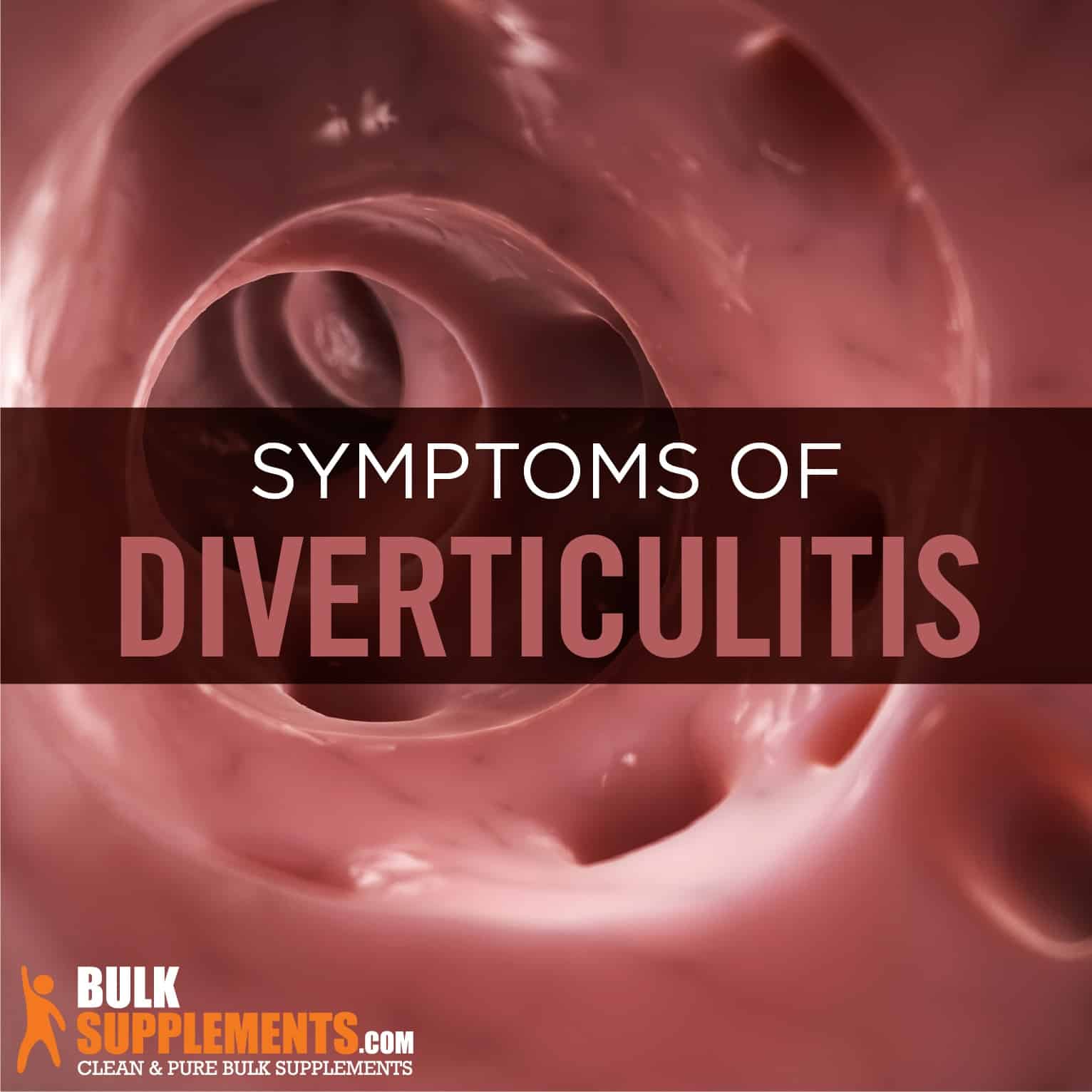
The primary treatment for a diverticulitis flare-up typically involves a course of antibiotics to address the underlying infection. Your healthcare provider may also recommend a liquid or low-fiber diet until the flare-up subsides, as well as rest as needed.
In more severe cases or for individuals with recurrent diverticulitis, surgery may be recommended to remove the affected portion of the colon and the infected or inflamed diverticula. This surgical intervention can help resolve the problem and prevent future flare-ups.
Preventing Diverticulitis Flare-Ups
While it may not be possible to completely eliminate the risk of experiencing a diverticulitis flare-up, there are several lifestyle changes you can make to help reduce the likelihood of recurrent episodes:
- Adopt a high-fiber diet, including whole grains, fruits, and vegetables.
- Drink plenty of water to stay hydrated.
- Engage in regular exercise to maintain a healthy weight and promote overall gut health.
- Quit smoking, as smoking is a risk factor for diverticulitis flare-ups.
- Avoid the use of non-steroidal anti-inflammatory drugs (NSAIDs), steroids, and opioids, as these medications can increase the risk of diverticulitis.
It is important to note that the outdated recommendation to avoid foods like popcorn, nuts, and seeds has been debunked. Unless these foods cause you discomfort, you can safely include them in your diet.

Seeking Medical Assistance
If you are experiencing sudden, intense abdominal pain or any other symptoms associated with a diverticulitis flare-up, it is crucial to seek medical attention immediately. Your healthcare provider can provide the necessary diagnosis, treatment, and guidance to manage your condition effectively and prevent further complications.
Conclusion
Diverticulitis flare-ups can be a painful and disruptive experience, but with proper understanding, timely medical attention, and the adoption of healthy lifestyle habits, you can take steps to reduce the risk of recurrent episodes and maintain your overall gastrointestinal health.
Signs Your Diverticulitis Could Be in a Flare-Up
For people who have felt the steady, sharp abdominal pain of a diverticulitis attack, another flare-up is not something that you’d want to experience again, although it may happen: More than half of people who experience diverticulitis once are likely to have another flare-up.
Diverticulitis is the name for the condition caused by inflammation or infection of the diverticula, which are small, bulging pouches that sometimes develop in weak spots along the wall of someone’s colon or large intestines.
“Diverticula may form as people get older, particularly if they’re overweight, don’t exercise and eat a low-fiber diet,” says Steven Koerner, D.O., FACOI, gastroenterologist at Hackensack Meridian Medical Group.
“In most people, these extra bulges along the colon wall don’t cause health problems, and most people don’t realize that they have them. But when diverticula becomes inflamed or infected, the resulting diverticulitis can be quite painful. ”
”
Symptoms of a diverticulitis flare-up
If you think that you may have diverticulitis, or if you’ve been diagnosed before and you think that you’re having a flare-up, call or see your doctor. Common symptoms of diverticulitis include:
- Constant abdominal pain that lasts for days, typically on the lower left side of the abdomen (although some people experience it on the lower right side)
- Nausea and/or vomiting
- Fever and/or chills
- Constipation or diarrhea
- Abdominal tenderness or cramping
- Rectal bleeding
You’re more likely to experience a diverticulitis flare-up if you are:
- Over age 40
- Overweight or obese
- A smoker
- Physically inactive
- Someone whose diet is high in animal products and low in fiber (most Americans)
- Someone who takes non-steroidal anti-inflammatory drugs (NSAIDs), steroids or opioids
- Treatment for a diverticulitis flare-up
If you’re having a diverticulitis flare-up, your doctor can prescribe antibiotics to fight the infection. Be sure to take the medication for the entire course that it’s prescribed, rather than stopping when you start to feel better. Your doctor may also suggest that you:
Be sure to take the medication for the entire course that it’s prescribed, rather than stopping when you start to feel better. Your doctor may also suggest that you:
- Consume a liquid diet or low-fiber diet until your flare-up improves
- Rest as needed
- Sometimes, doctors recommend surgery for people with more serious flare-ups or recurrent diverticulitis. Surgical removal of the affected portion of the colon (and the infected or inflamed diverticula) should resolve the problem.
- How to lower your risk of diverticulitis flare-ups
“It may not be possible to guarantee that you’ll never have another diverticulitis flare-up, but you may lower your risk of a recurrence if you follow certain healthy lifestyle habits,” says Dr. Koerner.
Try to adopt habits like these:
- Eat a high-fiber diet, with plenty of whole grains, fruits and vegetables
- Drink plenty of water
- Exercise regularly
- Quit smoking
In the past, doctors used to tell people with diverticulitis that they should avoid eating popcorn, nuts, large and small seeds (pumpkin seeds, sesame seeds and everything in between) and foods which contain seeds (including tomatoes and strawberries) to reduce the risk of a flare-up, but this is an outdated recommendation.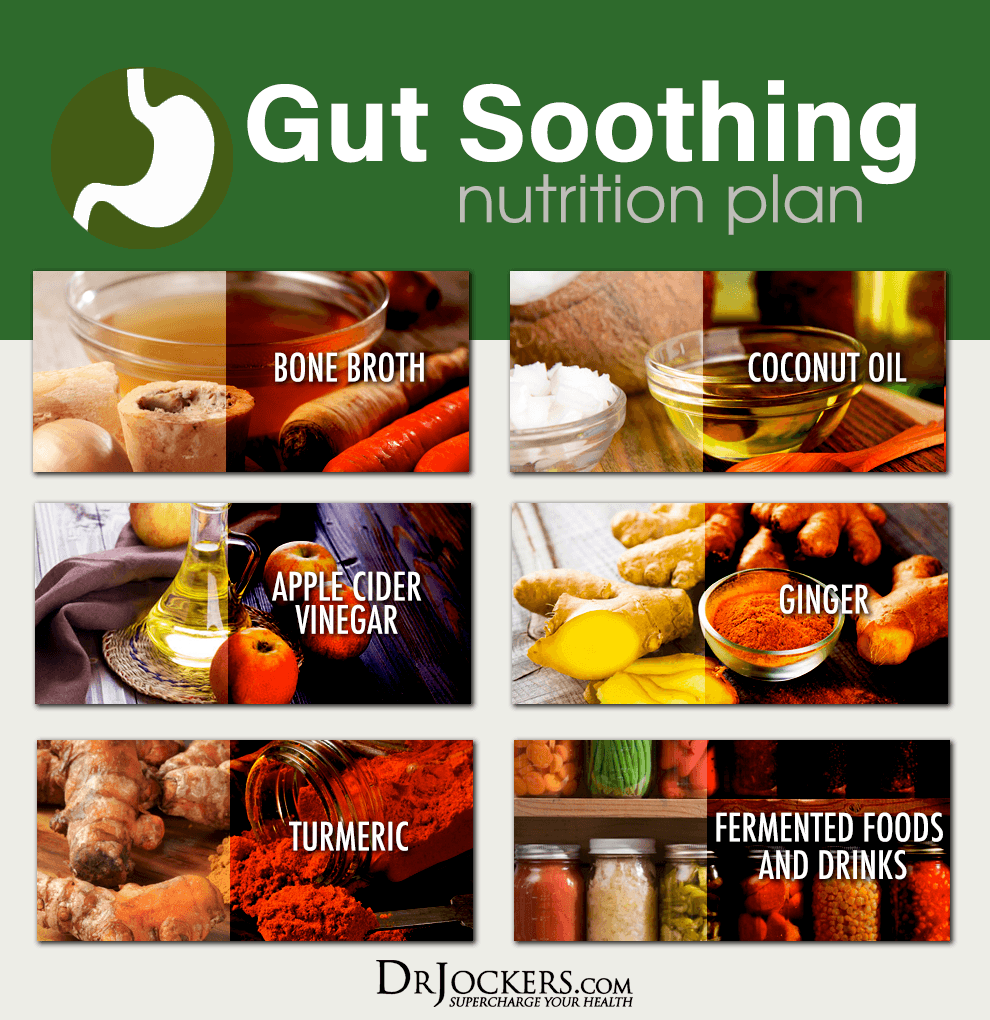 Feel free to eat these foods, unless they cause you discomfort.
Feel free to eat these foods, unless they cause you discomfort.
Next Steps & Resources
- Meet our source: Steven Koerner, D.O., FACOI
- To make an appointment with Dr. Koerner, or a doctor near you, call 800-822-8905 or visit our website.
The material provided through HealthU is intended to be used as general information only and should not replace the advice of your physician. Always consult your physician for individual care.
Diverticulitis Flare-Up: Symptoms and Risks
Little pockets or pouches, known as diverticula, can sometimes form along the lining of your large intestine, also known as your colon. Having this condition is known as diverticulosis.
Some people may have this condition but never know it.
Did you know?
In Western populations:
- Diverticulosis occurs in about 10 percent of people over age 40.
- Diverticulosis occurs in approximately 50 percent of people over age 60.

- The risk of developing diverticulosis increases with age and affects roughly two-thirds of people over the age of 80.
Was this helpful?
Sometimes, though, the little pockets in your colon can become inflamed or infected. When these pockets become infected, it can cause a flare-up or attack known as diverticulitis.
Until it’s treated or the inflammation eases, diverticulitis can cause sharp pain, along with other symptoms.
Read on to learn the most common symptoms of diverticulitis, as well as the risk factors, how it’s diagnosed and treated, and steps you can take to prevent a flare-up.
Any time you have sudden, intense pain in your abdomen, it’s important to follow up with a doctor.
Along with sudden pain, other symptoms that should prompt you to see a doctor include:
- fever and chills
- nausea
- constipation or diarrhea
Diverticulitis symptoms can be similar to several other digestive conditions.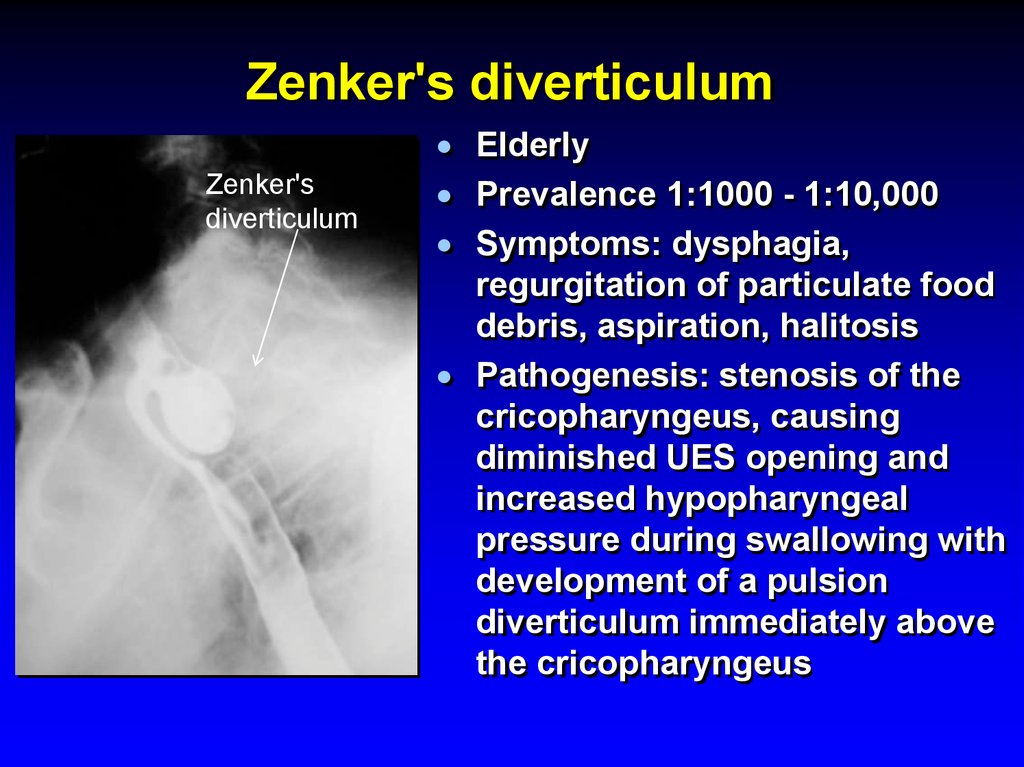 A doctor will be able to do the necessary tests and procedures to rule out other causes and to give you an accurate diagnosis.
A doctor will be able to do the necessary tests and procedures to rule out other causes and to give you an accurate diagnosis.
In many cases, diverticulosis doesn’t cause any troublesome symptoms. You may never know you have the condition until you have a colonoscopy or some type of imaging that reveals the bulging pouches in your colon.
However, if the pockets in your colon wall become inflamed and infected, it becomes diverticulitis. Some people refer to it as a diverticulitis attack or flare-up.
The most common symptom is sharp, cramp-like pain in your lower abdomen. The pain may come on suddenly and persist for days without letting up.
Usually, the pain is on the left side of the lower abdomen. However, it can also occur on the lower right side of their abdomen.
Other symptoms of diverticulitis can include:
- nausea
- vomiting
- chills
- fever
- constipation or diarrhea
- bloating
- tenderness over the affected area of your abdomen
The small pockets or pouches usually develop in weakened areas of the colon wall. Several factors can cause these pockets to form, such as increased pressure from gas, liquid, or waste.
Several factors can cause these pockets to form, such as increased pressure from gas, liquid, or waste.
When these pockets get blocked with waste, bacteria can build up causing swelling and infection. This is what’s known as diverticulitis.
It’s important to tell a doctor about all of your symptoms. This will help them eliminate other conditions and pinpoint the cause of your symptoms.
To start, a doctor will review your symptoms and your medical history. They’ll likely perform a physical exam, specifically checking the area of your abdomen that hurts.
If diverticulitis is suspected, the doctor may order a CT scan. This type of imaging test can help the doctor see inside your colon and identify the diverticula and their severity.
Other tests that may be ordered include:
- blood and urine tests to look for infection
- a liver enzyme test to check for liver disease
- a stool test to check for infection in people with diarrhea
- a pregnancy test to eliminate pregnancy as a cause
Your treatment will depend on whether your symptoms are mild or severe.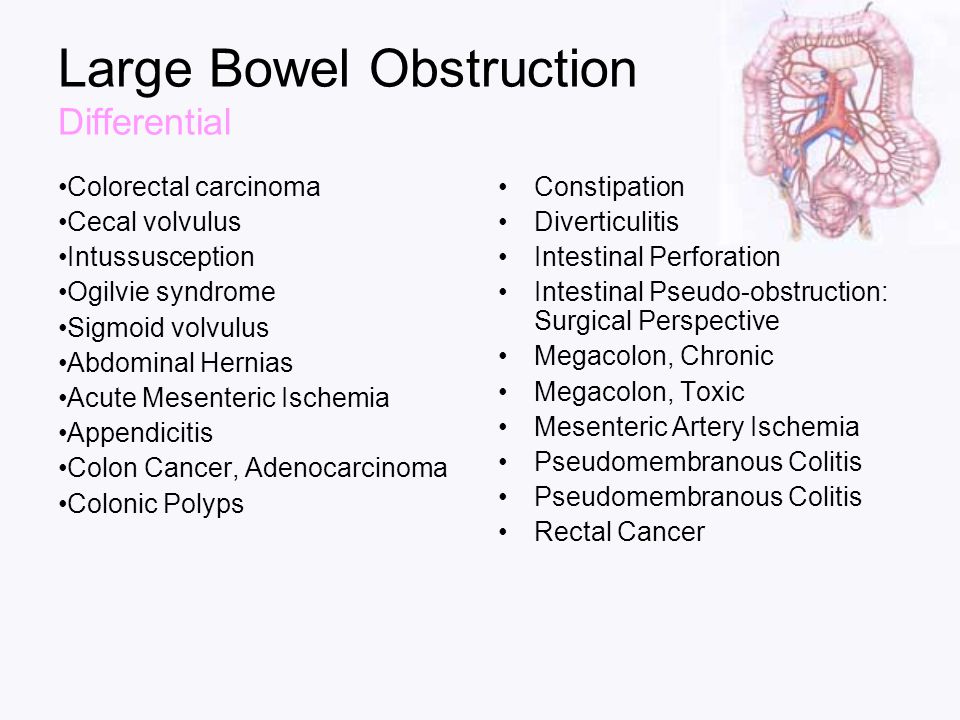
Medical treatments
If your symptoms are mild, a doctor will likely treat your diverticulitis with:
- antibiotics to treat the infection
- an over-the-counter (OTC) pain reliever such as acetaminophen (Tylenol)
- a liquid-only diet for a few days to help your colon heal
If your symptoms are more severe, or you have other health conditions, you may need to be hospitalized until the infection starts to improve. In a hospital setting, your diverticulitis will likely be treated with:
- antibiotics that are given intravenously
- a needle inserted into the affected area if an abscess has formed and needs to be drained
In severe cases, surgery may be needed. This is typically the case when:
- antibiotics don’t help to clear up the infection
- an abscess is too large to be drained with a needle
- diverticulitis has caused an obstruction in your colon
- the colon wall has been perforated by an abscess or obstruction
At-home treatments
If your diverticulitis is mild, a doctor may recommend a clear liquid diet for a few days to give your colon time to heal. Don’t stay on a liquid diet longer than recommended by a doctor.
Don’t stay on a liquid diet longer than recommended by a doctor.
A clear liquid diet can include items such as:
- tea or coffee without milk or cream
- broths
- water, seltzer water, or flavored carbonated water
- ice popsicles without chunks of fruit
- fruit juice without pulp
- gelatin
Once your symptoms start to improve, a doctor may recommend that you start adding low fiber foods to your daily food plan, such as:
- yogurt, milk, and cheese
- cooked or canned fruits without the skin
- eggs
- fish
- white rice and pasta
- refined white bread
Always check with a doctor before trying dietary changes.
Genetics may play a role, which means if you have family members who have this condition, you may be more likely to get it too. But there are other factors that may increase your risk of developing diverticulitis.
Some of the most common risk factors include:
- Age: As you get older, your risk of developing diverticulitis increases.

- Smoking: The nicotine and chemicals in cigarettes and other tobacco products can weaken the lining of your colon.
- Not drinking enough water: If you’re dehydrated, your body will have a harder time with digestion, and waste may not pass through your colon as easily.
- Medications: Some drugs such as nonsteroidal anti-inflammatory drugs (NSAIDs), opioids, and steroids may weaken or irritate the colon wall.
- Lack of exercise: Working out regularly seems to decrease the odds of developing diverticulitis.
- Having overweight: Having extra weight can put more pressure on your colon.
- Straining during a bowel movement: This can put extra pressure on the wall of the colon.
Although some of the risk factors for diverticulitis are out of your control, there are some steps you can take to lower your chances of developing this condition, such as:
- Eating a high fiber diet: Try to limit red meat, full fat dairy, fried foods, and refined grains.
 Instead, eat more whole grains, fresh fruits and vegetables, legumes, nuts, and seeds.
Instead, eat more whole grains, fresh fruits and vegetables, legumes, nuts, and seeds. - Drinking plenty of water: Try to drink at least eight glasses of fluids a day. Being well hydrated can help prevent constipation and keep your digestive tract working properly.
- Exercising regularly: Being active can help promote healthy bowel function.
- Keeping your weight in a moderate range: Having a moderate weight can help reduce the pressure on your colon.
- Avoiding smoking: Smoking can cause changes in all parts of your body and can have harmful effects on your digestive system too.
- Limiting alcohol use: Drinking too much alcohol may disrupt the balance of good bacteria in your colon.
- Using a stool softener: If you often strain during bowel movements, an OTC stool softener may help reduce the pressure on your colon.
As you get older, your colon wall can become weaker.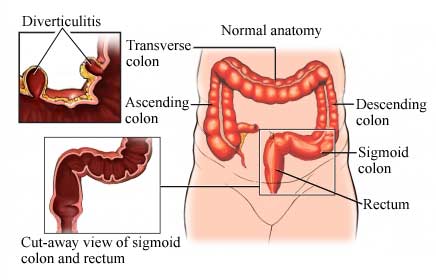 This can cause small pockets or pouches to form in weakened areas of your colon. If these pouches get infected, it can cause a diverticulitis attack or flare-up.
This can cause small pockets or pouches to form in weakened areas of your colon. If these pouches get infected, it can cause a diverticulitis attack or flare-up.
The most common symptom of diverticulitis is a sharp cramp-like pain, usually on the left side of your lower abdomen. Other symptoms can include fever and chills, nausea, vomiting, and constipation or diarrhea.
If you think you may have symptoms of diverticulitis, it’s important that you follow up with a doctor to prevent it from becoming more severe.
Diverticulitis can be a painful and uncomfortable condition, but with the right treatment and preventive measures, it can be well controlled.
treatment, symptoms, causes, diagnosis, prevention, consequences and classification of the disease
Prices Popular questions
Diverticulosis is a chronic disease in which numerous protrusions in the form of sacs form in the intestinal wall. If the foci of protrusion become inflamed, the disease flows into diverticulitis. The pathological process can be localized in any part of the gastrointestinal tract, but in most cases it is detected in the sigmoid and colon.
The pathological process can be localized in any part of the gastrointestinal tract, but in most cases it is detected in the sigmoid and colon.
About the disease Classification Symptoms Causes Diagnosis Expert opinion Treatment Prevention Rehabilitation
About disease
Diverticulosis can occur at any age. The lowest rate of detected pathology in children, adolescents and youth. After the age of 30, the incidence of diverticula formation gradually increases and reaches a peak by the age of 70. Among patients with this diagnosis, the number of men and women is approximately the same.
Types of diverticulitis
Classification of diverticulitis is carried out according to the localization of changes characteristic of the disease. They can be located:
- in the sigmoid colon – in a third of patients;
- in the colon – in 12-15%;
- in the sigmoid and colon – in 30-40%;
- in other parts of the gastrointestinal tract – about 15%.

There are also western (in 95% of patients) and eastern (in 5%) types of diverticulosis. In the first case, the left part of the large intestine is affected, in the second, the right part. The name of the subtypes is associated with the geographical distribution of the eastern type among the inhabitants of the countries of the East. In Russia, the Western type is usually diagnosed.
Depending on the structure of formations, diverticulosis can be:
- true;
- is false if the structure of the wall of the protrusion does not include the muscle layer.
According to the nature of the course, there are:
- asymptomatic diverticulosis;
- symptomatic diverticulosis: the patient notes the characteristic symptoms of the disease;
- acute diverticulitis with a bright clinical picture;
- complicated diverticulitis: accompanied by bleeding, perforation (rupture) of the intestine and other conditions.

According to the method of formation, diverticulosis protrusions can be pulsation, arising under pressure, or traction, formed due to bowel tension. This condition usually occurs against the background of adhesive disease.
Symptoms of diveticulosis and diverticulitis
Diverticulosis may be asymptomatic or accompanied by non-specific symptoms:
- blood in the stool;
- persistent bloating, flatulence;
- constipation, rarely diarrhea;
- discomfort, pain during the urge to empty the bowels.
When an inflammatory process joins, i.e. the development of diverticulitis, the symptoms become more pronounced and are accompanied by signs of an inflammatory process:
- fever up to 38 degrees;
- chills, weakness, headache;
- abdominal pain: may be permanent or intermittent, aggravated by physical exertion, straining, sneezing and coughing, palpation of the abdomen; a characteristic symptom is increased pain after a bowel movement.

Depending on the location of the inflamed area, the symptoms of diverticulitis may resemble acute appendicitis (pain on the right side), gastritis (pain in the upper middle part of the abdomen), urinary tract pathology (pain in the suprapubic region, often aggravated by urination). The chronic form of the disease has a mild clinical picture: the manifestations of the disease can either appear or disappear. If treatment is not carried out on time, complications of diverticulitis may develop:
- abscess: abscess formation;
- perforation: rupture of diverticulum tissue;
- intestinal obstruction due to adhesions;
- peritonitis: inflammation of the peritoneum;
- intra-intestinal bleeding;
- malignant tumor.
Pathology may be accompanied by general weakness due to chronic inflammation and impaired absorption of nutrients from food.
Causes of diverticulitis
The development of diverticulosis occurs in violation of the properties of the connective tissue, which loses its elasticity. This is directly related to age, so older people develop the disease several times more often than young people.
This is directly related to age, so older people develop the disease several times more often than young people.
The second cause of diverticulosis is a violation of the diet, when the diet is high in animal products and low in fiber, plant fibers.
Reduced motility of the intestinal tract leads to increased pressure inside the intestine and impaired blood supply to the tissues of the digestive system. Atrophy deforms the intestinal tissue, so the pressure easily pushes the mucous out, into the muscle layer, forming sac-like protrusions – diverticulosis. Sometimes the weakness of the connective tissue apparatus of the intestinal walls is congenital, due to genetic factors.
Diverticulitis can be a consequence of an inflammatory process in the intestine: spastic, ulcerative or infectious colitis, infectious diseases, helminthic invasions. Imbalance of the microflora leads to a decrease in local immunity and an increased risk of developing the disease. There is also a hereditary predisposition to diverticulitis.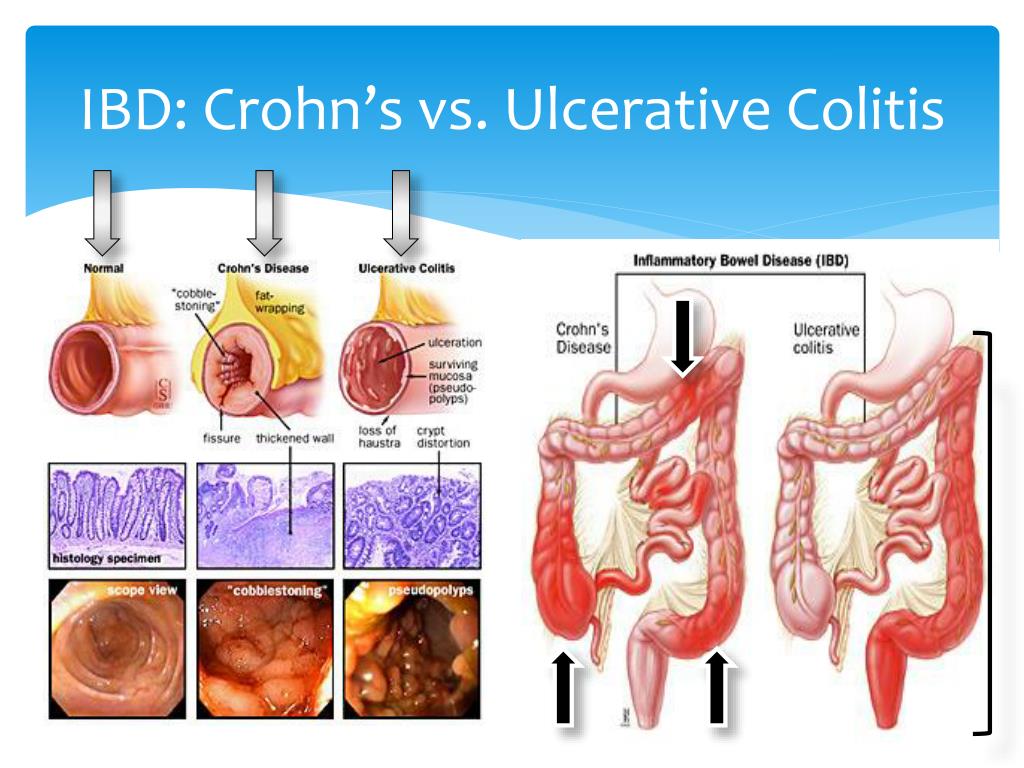
Diagnosis of diverticulitis
At the initial appointment, the doctor will find out the symptoms that are disturbing the patient, conduct an examination, palpation of the peritoneal organs, and study the anamnesis. The main methods of examination for suspected diverticulitis are:
- colonoscopy: endoscopic examination of the colon using a flexible tube with a camera inserted through the anus;
- barium enema: x-ray taken after the introduction of a contrast agent into the intestine;
- laparoscopy (rare): examination through an endoscopic probe inserted through an incision in the anterior wall of the peritoneum;
- computed tomography: a non-invasive method for diagnosing diverticulitis using a series of x-ray images in the form of layered sections.
Additionally, ultrasound of the abdominal organs, a clinical blood test to identify markers of inflammation (increased ESR, lymphocytosis) and the consequences of bleeding (hemoglobin level), fecal occult blood test, as well as blood biochemistry to assess the functionality of organs located near the area of localization of diverticulitis are prescribed .
If the patient requires surgical treatment of diverticulitis, at the preparation stage, the examination plan includes an ECG, tests for HIV, viral hepatitis and syphilis, and a coagulogram.
Expert opinion
Treatment of diverticulitis
Conservative therapy for diverticulitis involves the appointment of:
- antibiotics;
- antispasmodics;
- anti-inflammatory agents;
- prokinetics to stimulate gastrointestinal motility;
- symptomatic drugs according to indications.
Medical nutrition at the stage of exacerbation should be sparing. The patient eats food in small portions, completely excluding foods that can cause increased gas formation and indigestion. As you recover, it is recommended to increase the amount of foods high in fiber: vegetables, fruits, cereals. Diverticulitis is treated on an outpatient basis, without hospitalization, but with regular consultations with a gastroenterologist.
Surgery is necessary for diverticulosis complications or high risk, severe condition due to inflammation:
- Drainage. It is prescribed for an abscess and allows you to remove purulent contents with a hollow tube and several punctures of the abdomen.
- Removal of a piece of intestine. With peritonitis, the inflamed part is excised, in some cases a stoma is formed – an opening in the abdomen to remove its contents.
After surgery, diverticulosis may continue to develop if the causes and precipitating factors have not been eliminated. After the completion of the rehabilitation period, it is necessary to carry out conservative treatment to prevent relapse, which occurs in 20% of cases.
Prevention of diverticulitis
Diverticulosis and diverticulitis can be prevented by a balanced diet with sufficient fiber and fluids. The progression of the disease and the appearance of noticeable symptoms are often facilitated by constipation, which increases pressure within the gastrointestinal tract.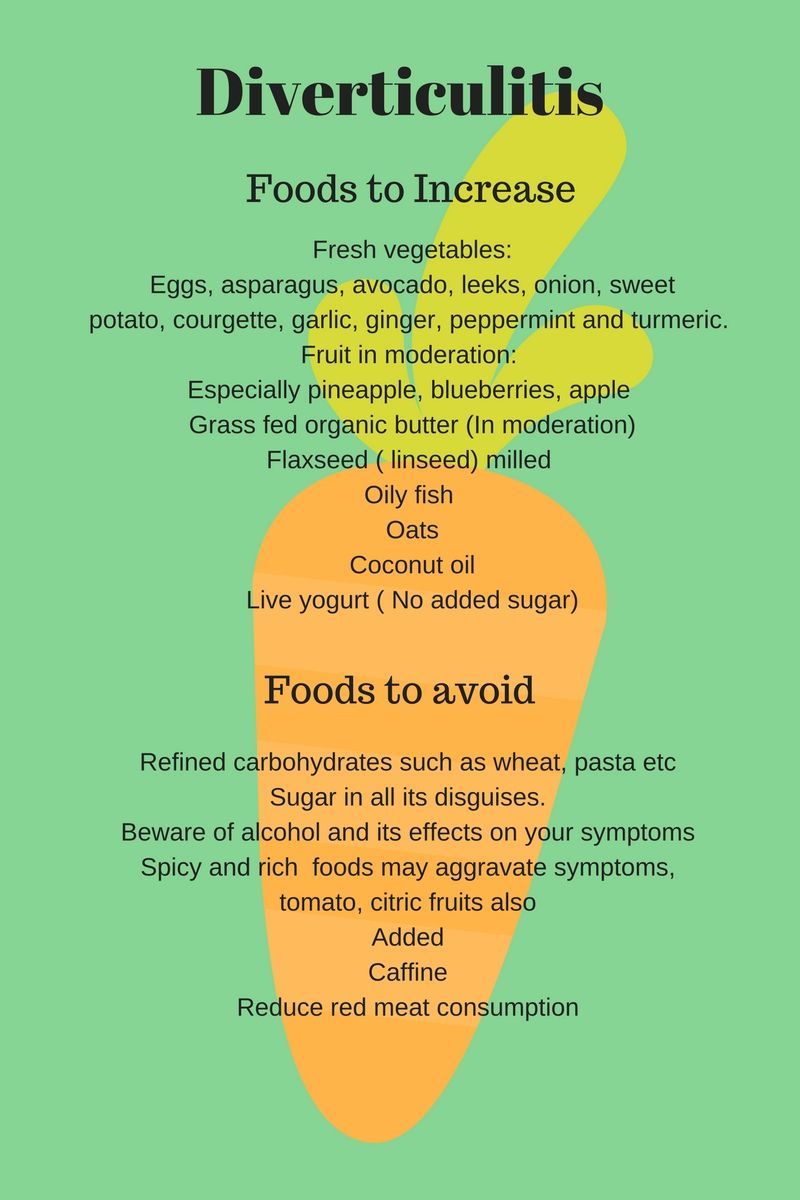 It is important to ensure that bowel movements are regular and painless.
It is important to ensure that bowel movements are regular and painless.
Also, prevention of diverticulitis includes:
- a sufficient level of physical activity;
- control of the course of chronic diseases;
- regular examination by a general practitioner;
- maintenance of immunity;
- giving up bad habits;
- normalization of body weight.
Diverticulosis may not interfere with a full life of a person, not manifest itself and not turn into diverticulitis, provided that all prescriptions of the attending physician are observed.
Rehabilitation after surgical treatment of diverticulitis
Rehabilitation treatment after the operation is carried out in a hospital during the first 1-2 weeks. The patient is shown a sparing regimen, clinical nutrition, antibiotics to reduce the risk of infectious complications. After normalization of well-being, the treatment is completed on an outpatient basis, at home, and does not require special measures. After discharge, it is necessary to limit physical activity and weight lifting, as well as follow the rules for the prevention of diverticulitis.
After discharge, it is necessary to limit physical activity and weight lifting, as well as follow the rules for the prevention of diverticulitis.
Sources
Author of the article
Senko Vladimir Vladimirovich
Head of the Center for Surgery and Oncology Work experience more than 23 years
Popular questions
No, but one disease is a consequence of another. Diverticulosis is a pathology in which several diverticula occur in the digestive system. When they become inflamed, the patient is diagnosed with diverticulitis.
With proper and timely treatment, diverticulosis does not lead to premature death. Diverticulitis progression and untreated can cause dangerous complications.
Article published: 02/10/2023
Last update: 05/23/2023
Share:
Diverticulitis, intestinal diverticulosis: symptoms and treatment in Odessa The cause of the disease is chronic constipation, intestinal motility disorders, age-related decrease in muscle tone and elasticity of the intestinal wall.

Intestinal diverticulosis can lead to the development of diverticulitis, which is manifested by complications – bleeding, abscesses, peritonitis, fistula formation (abnormal connection of infected tissues of various organs or an organ and skin) between the colon and other organs.
Diverticular disease of the colon occurs as a result of overstretching of the intestinal walls with a regular increase in intra-intestinal pressure. Diverticula appear in the intestinal wall – small, sac-like pockets 1–2 cm in diameter. Diverticula usually develop on weak areas of the intestinal wall. The intestinal wall at the site of diverticulum formation becomes thinner.
Women are affected twice as often as men. The number of patients increases sharply with age. If up to 40 years of age, there are a few percent of patients with diverticulosis, then after 60 years, diverticular bowel disease is diagnosed in half of the population of economically developed countries. It is characteristic that in countries with a low standard of living, diverticulosis is observed much less frequently. This is due to the fact that the formation of diverticula is mainly influenced by nutrition with a predominance of refined foods and a low content of vegetable fiber.
It is characteristic that in countries with a low standard of living, diverticulosis is observed much less frequently. This is due to the fact that the formation of diverticula is mainly influenced by nutrition with a predominance of refined foods and a low content of vegetable fiber.
Diverticulosis itself does not require treatment, but when intestinal contents enter the diverticula, inflammation develops – diverticulitis. The disease is manifested by dull aching pain, fever. On palpation of the abdomen, the doctor detects an inflammatory infiltrate in the abdominal cavity. Due to damage to the blood vessels, diverticulitis is complicated by bleeding – in this case, blood appears in the stool. Sometimes there is intestinal obstruction. With diverticulitis, abscesses are often formed – abscesses limited to the capsule. Perforation of abscesses or perforation of the intestinal wall leads to the penetration of infection and feces into the abdominal cavity – peritonitis (inflammation of the peritoneum) develops.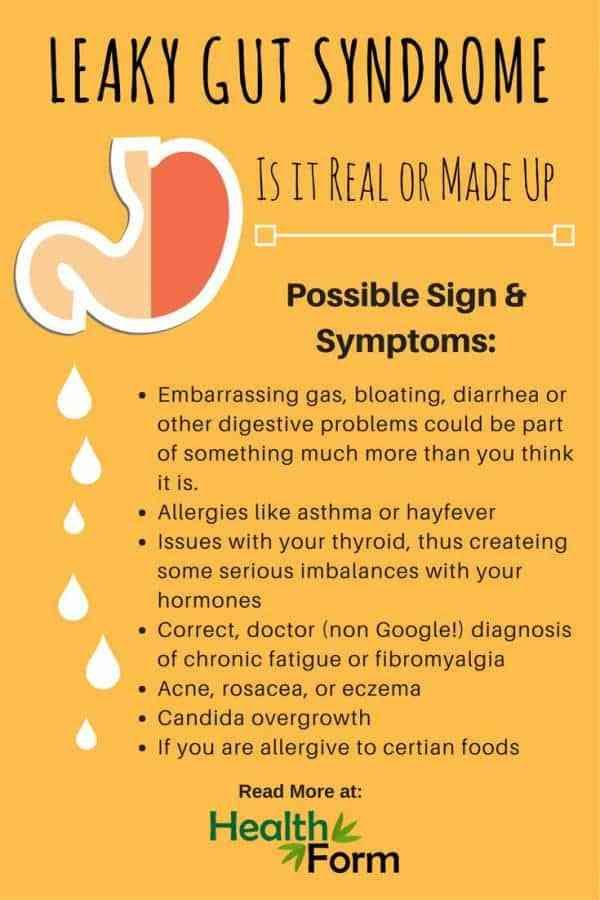
Most often in the large intestine, diverticula are localized in the left half of the colon: in this case, two-thirds of patients develop isolated diverticular disease of the sigmoid colon.
Diagnosis of diverticular disease
Various instrumental methods are used to diagnose diverticular disease. The most informative is irrigoscopy – an x-ray with a contrast agent, which is injected into the intestine with an enema. This method provides a reliable idea of the presence of pathological changes in the intestinal wall and the location of the diverticula.
Fibrocolonoscopy is also used – an examination of the internal surface of the intestine using an endoscope with a video camera. In acute diverticulitis, endoscopic techniques are not recommended. In this case, computed tomography of the abdominal cavity with contrast is used for diagnosis.
Diverticular disease without inflammation is treated with a diet that promotes daily bowel movements.
Acute diverticulitis is initially treated with conservative anti-inflammatory antibiotics on an outpatient basis. If the symptoms of exacerbation go away, the patient is prescribed a balanced diet, which involves a gradual increase in dietary fiber, drugs to normalize bowel function, enzymes and vitamins, it is recommended to increase physical activity.
In case of acute diverticulitis complicated by bleeding, obstruction, perforation, patients are hospitalized in a hospital, where an emergency surgical operation is performed in combination with antibiotic therapy to relieve inflammation. Elective surgery is also performed for acute diverticulitis, when conservative methods of treatment have been ineffective. The operation involves a partial resection of the colon, followed by the connection of healthy tissues.
The length of hospital stay depends on the condition in which the patient is admitted to the hospital. At the first symptoms of acute diverticulitis, it is necessary to consult a doctor, without waiting for peritonitis and intoxication of the whole organism. Otherwise, there is a real threat to human life.
Otherwise, there is a real threat to human life.
Q&A
Can anemia occur with bleeding during diverticular disease?
Intestinal bleeding is usually not heavy. After conservative treatment of intestinal diverticulosis, they usually stop. If bleeding from diverticula cannot be stopped conservatively, then surgical intervention is necessary.
What should be the diet for diverticular disease?
It is necessary to increase fluid intake – up to 1.5-2 liters. Refuse flour products, sugar, semi-finished products. Introduce fermented milk products, vegetable oils and cereals, natural vegetables and fruits, fiber into the diet. Exclude foods that cause increased gas formation – legumes, cabbage, grapes, seeds and nuts are also undesirable. For the prevention of constipation, instead of medicines, it is better to use prunes and dried apricots, infusions of laxative herbs. It is necessary to completely abandon alcohol.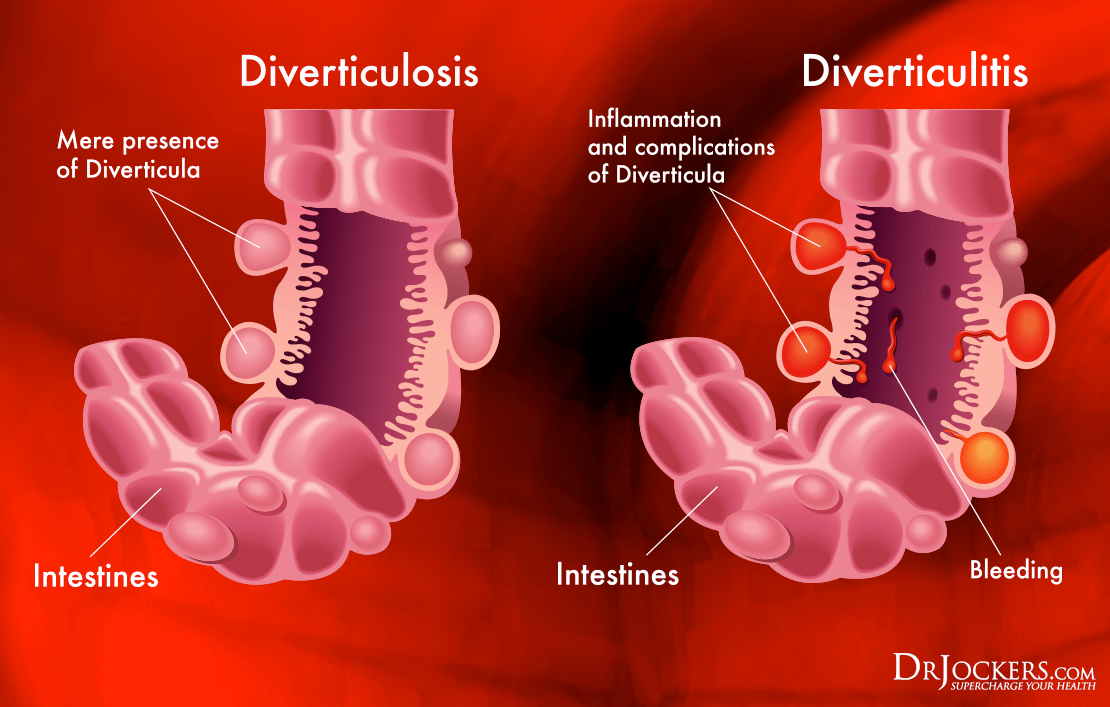



 Instead, eat more whole grains, fresh fruits and vegetables, legumes, nuts, and seeds.
Instead, eat more whole grains, fresh fruits and vegetables, legumes, nuts, and seeds.


